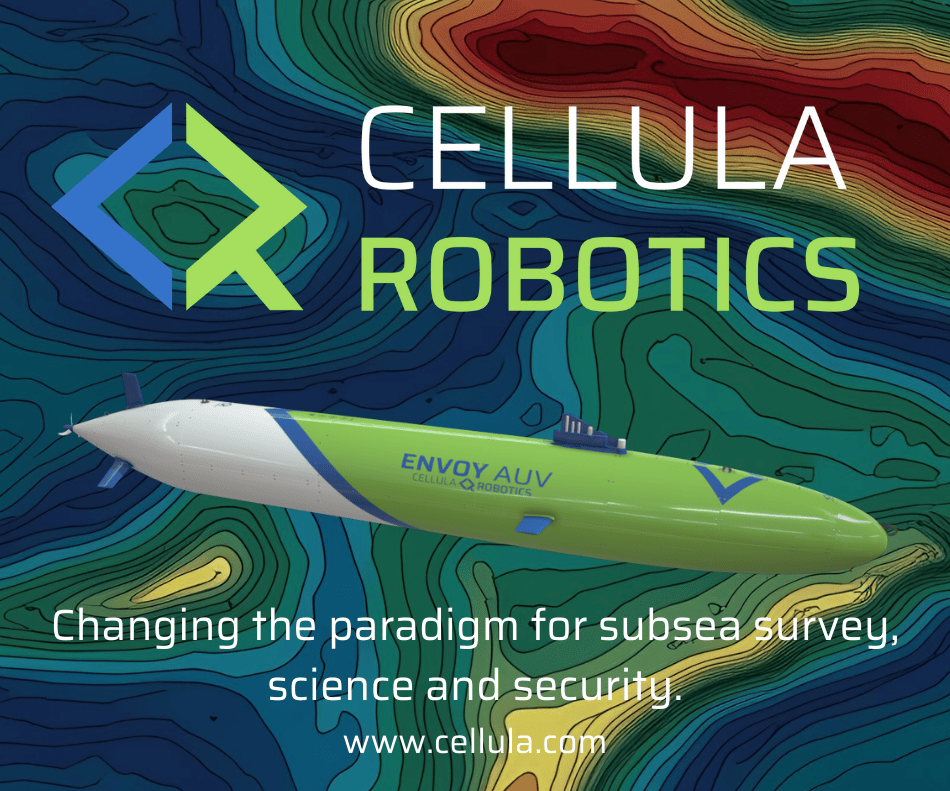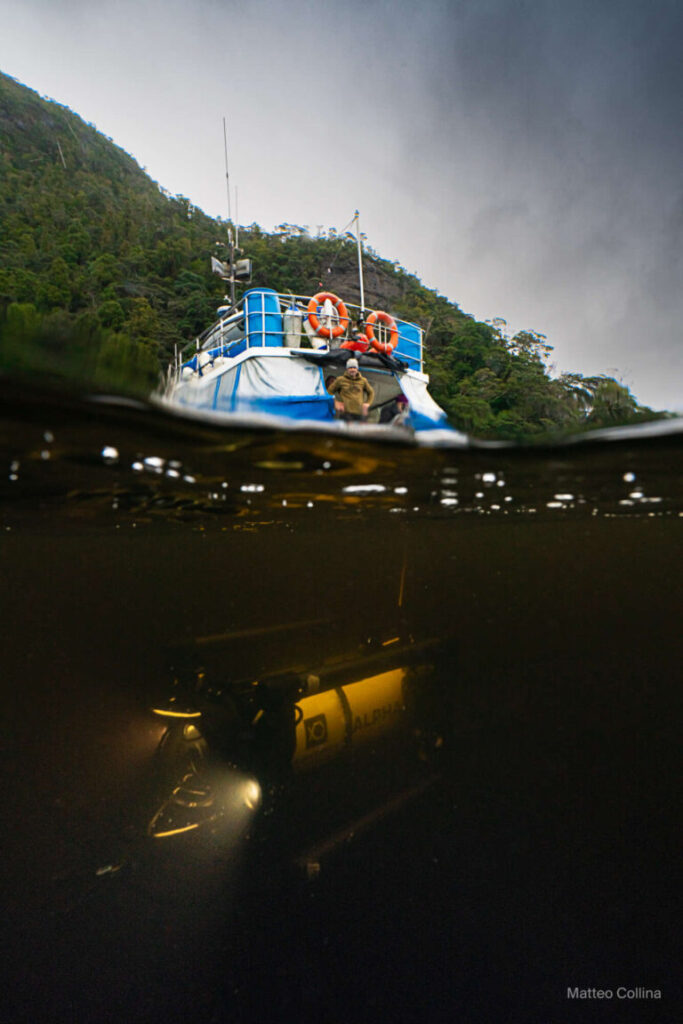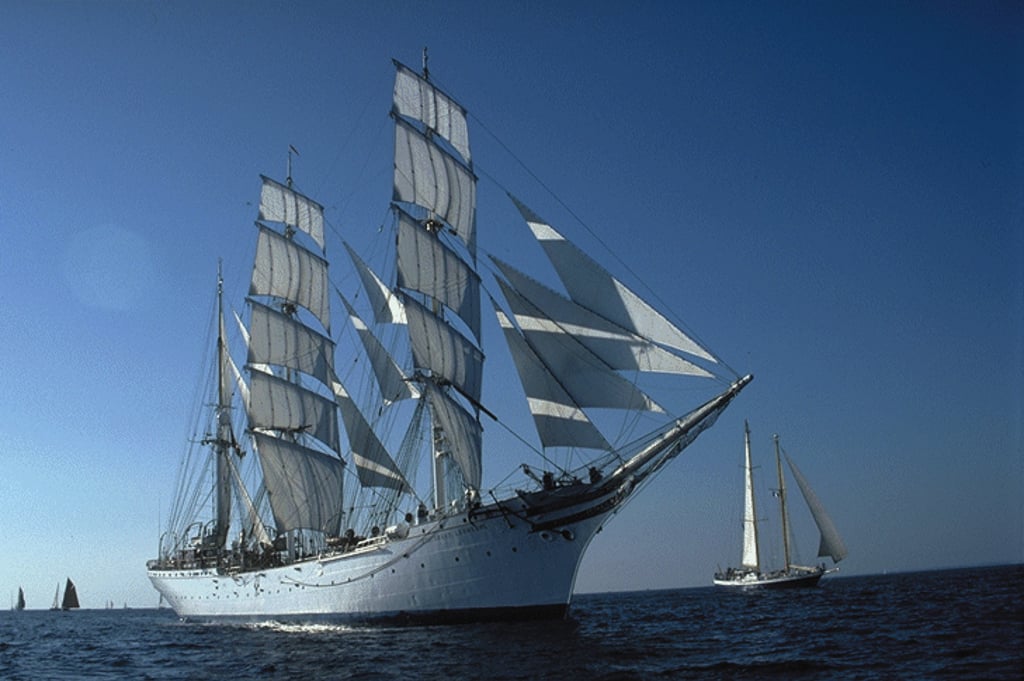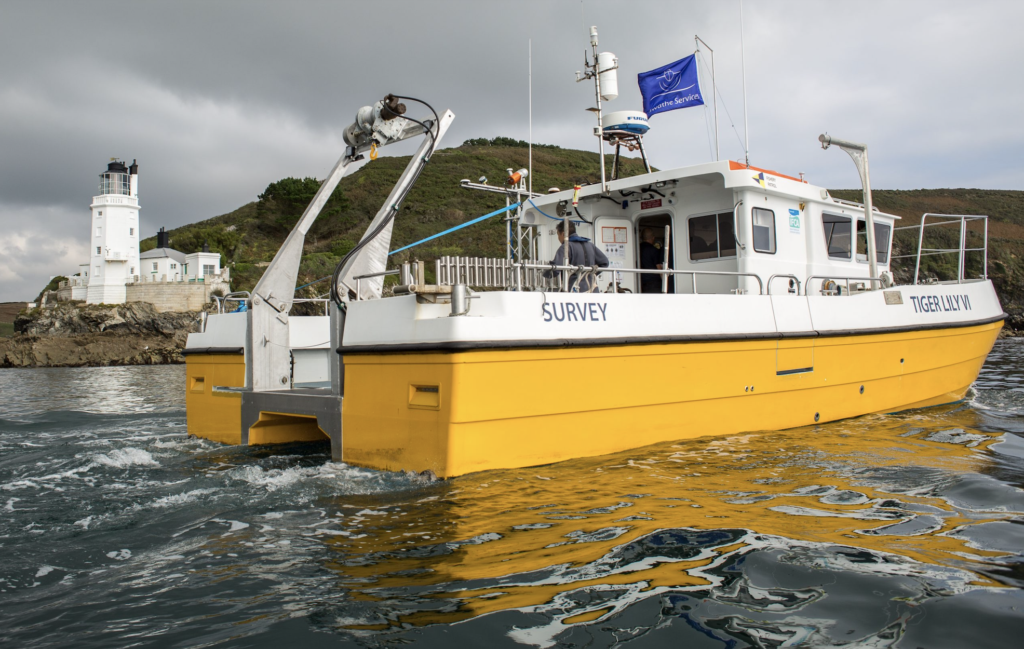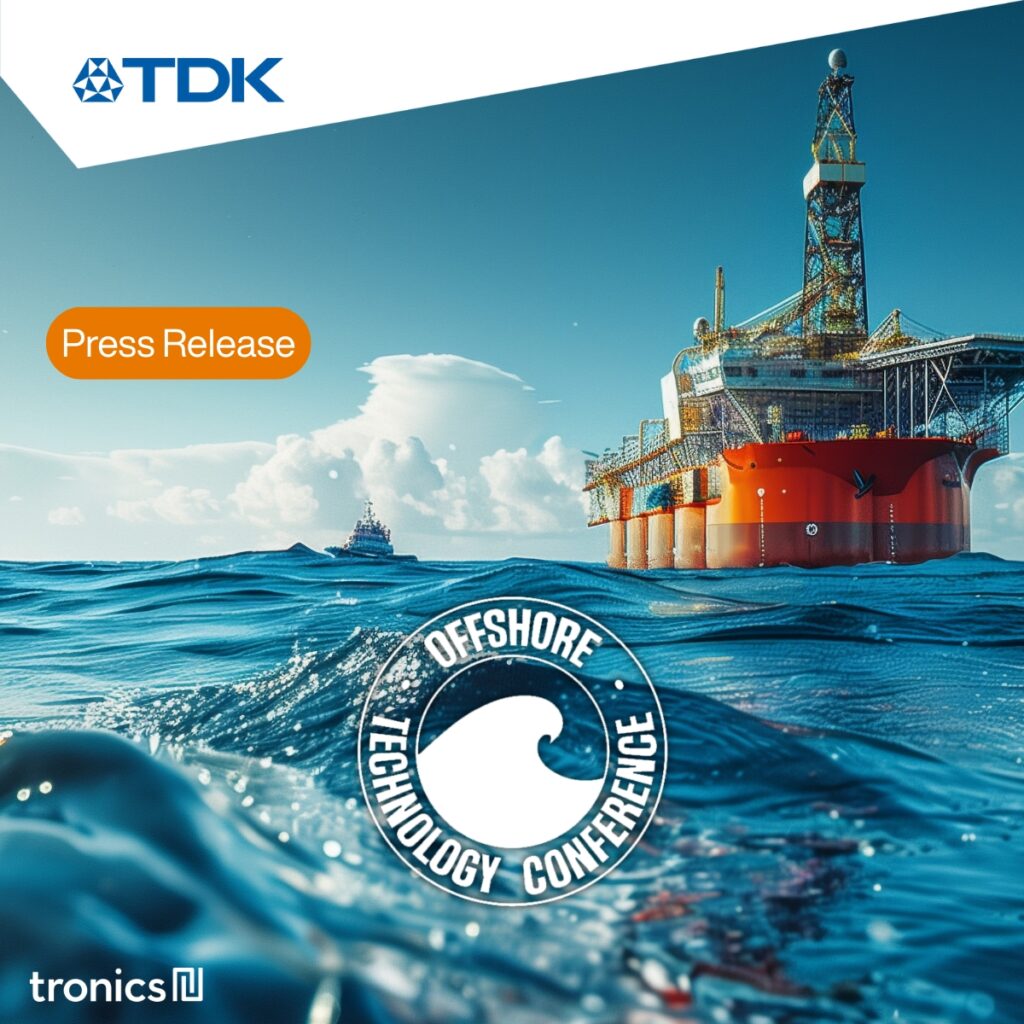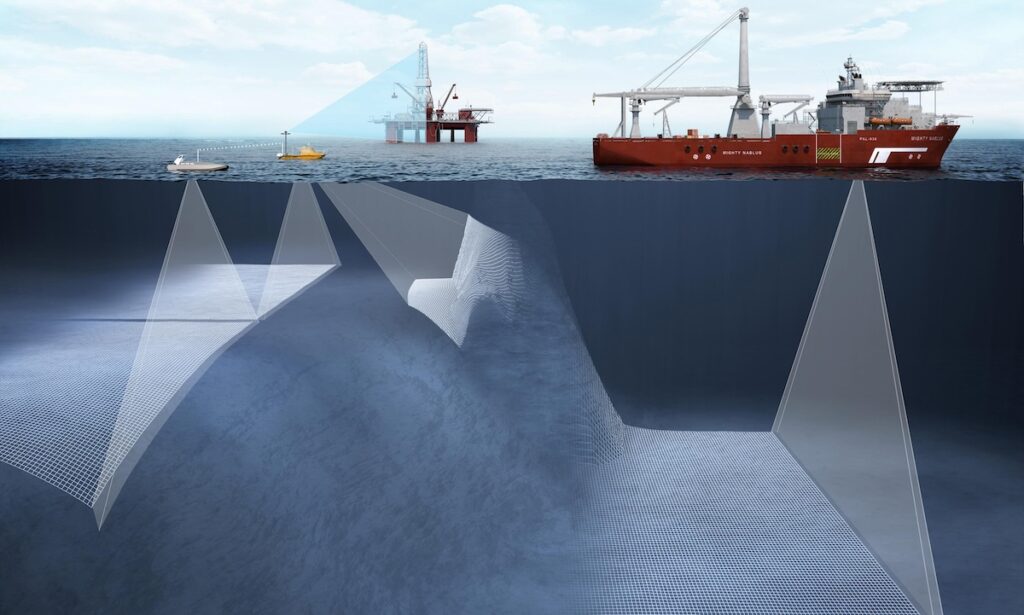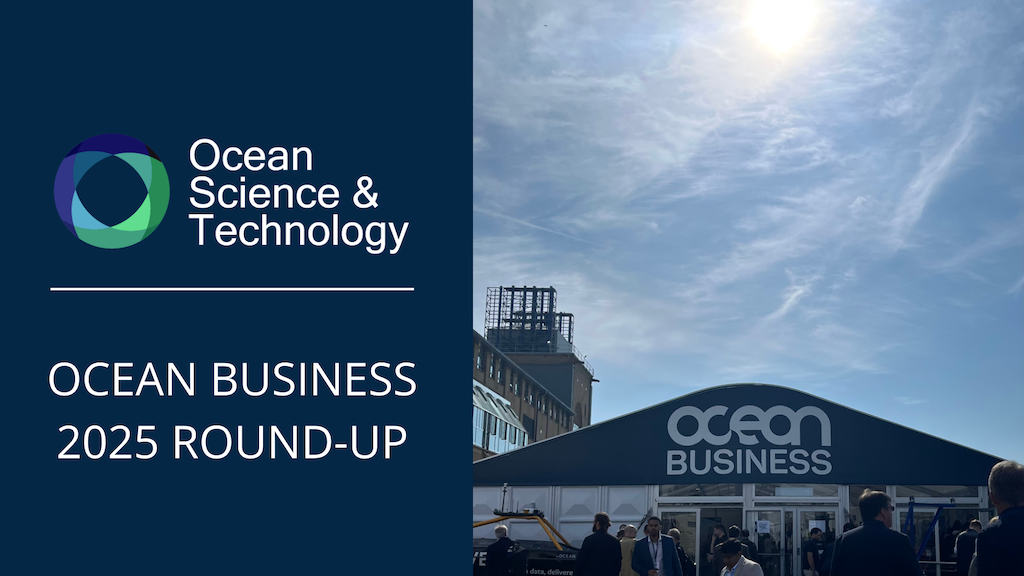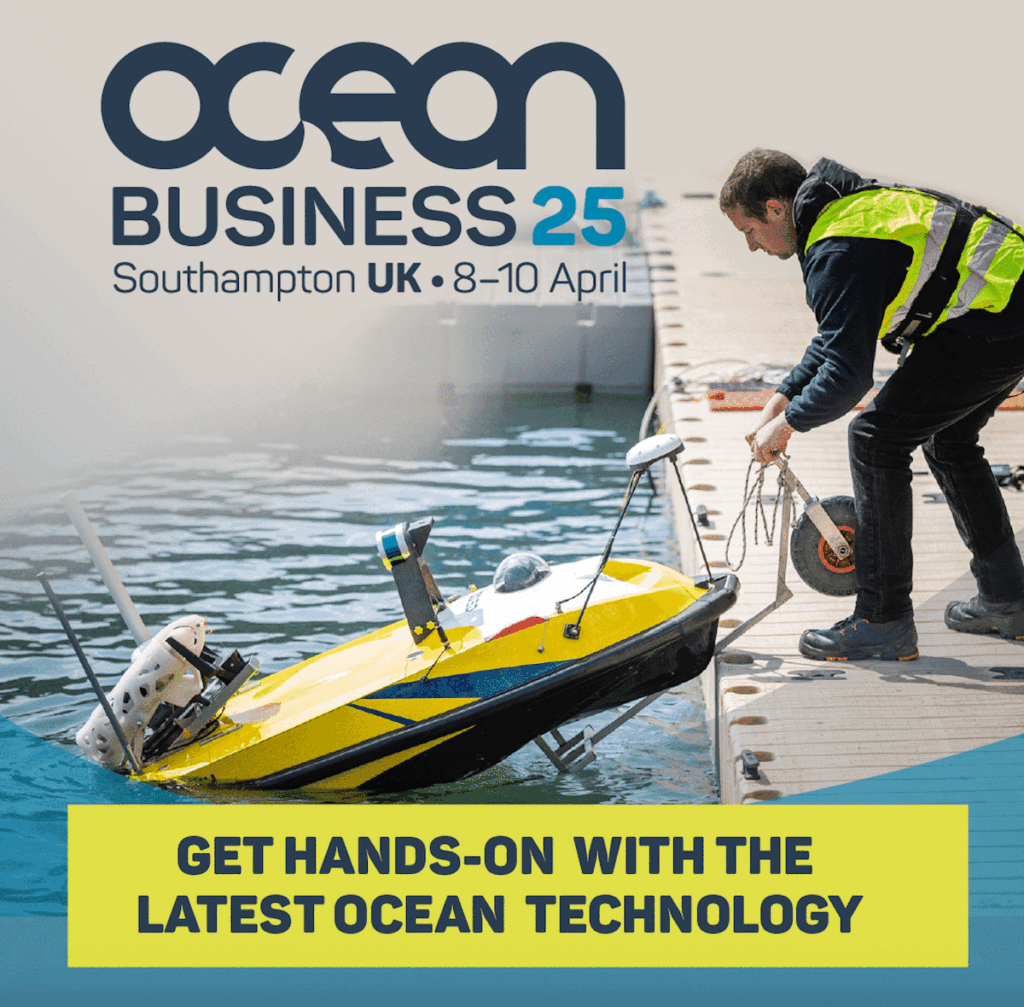
Connect with Leading Marine Technology Innovators
Discover cutting-edge solutions from leading global suppliers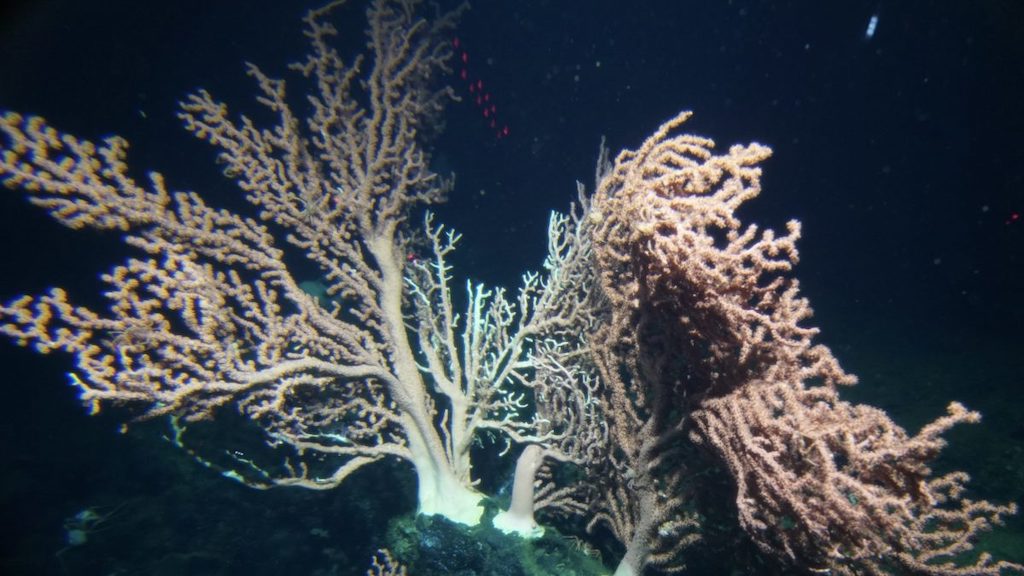
A new sensor on the submersible Alvin has discovered reactive oxygen species for the first time in deep-sea corals, broadening our understanding of fundamental coral physiology.
Just like us, corals breathe in oxygen and eat organic carbon. And just like us, as a byproduct of converting energy and oxygen in the body, corals produce reactive oxygen species (ROS), a family of chemical compounds that are naturally made by cells during cell division, while fighting off pathogens, and performing other physiological functions.
Until now, it was unknown whether healthy, deep-sea corals produce a highly reactive superoxide (O2•-) ROS, “superoxide (O2•-)”, known for influencing ocean ecology, organisms’ physiology, and driving chemistry in the ocean including the breakdown of carbon and the bioavailability of metals and nutrients.
A new study published in PNAS Nexus reveals, for the first time, that deep-sea corals and sponges do produce the ROS superoxide, meaning that these chemicals have a string of previously unknown effects on ocean life and chemistry in the deep sea.
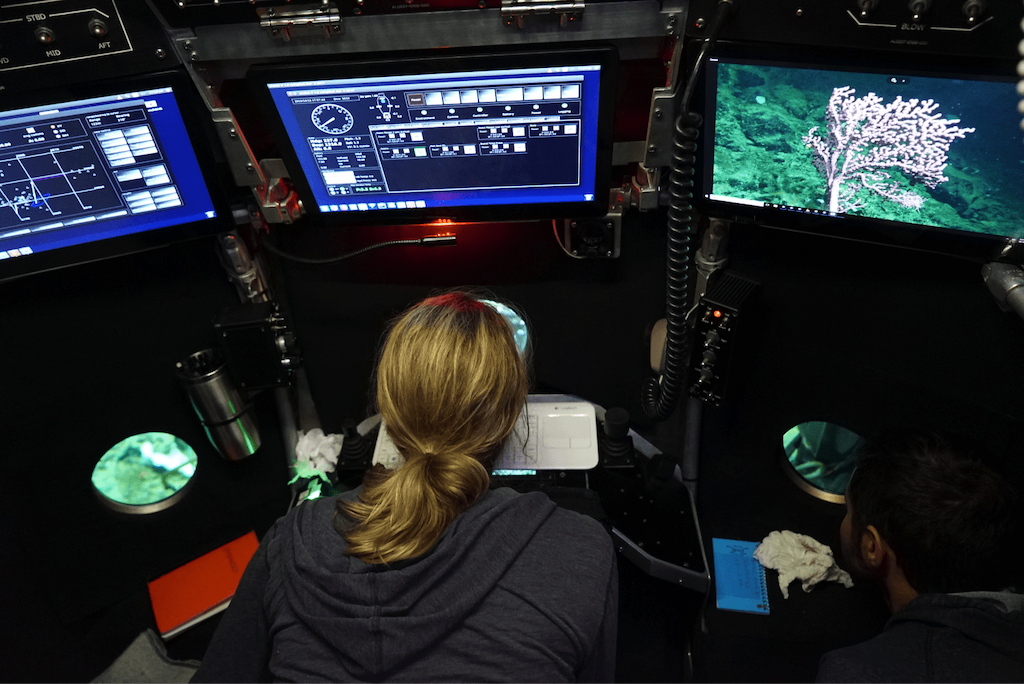
The authors prove that ROS are not only produced as a stress response, but as a fundamental part of its functioning.
In the study, authors took direct measurements of superoxide in water closely surrounding corals, by bringing a one-of-a-kind deep-sea chemiluminescent sensor called SOLARIS, into the ocean over 2,000 meters deep, on board the Alvin submersible.
The first dives with SOLARIS took place in October 2019 in the Monterey Bay National Marine Sanctuary off the coast of California, where they found large, healthy corals living in a protected ocean environment. This helped eliminate the possibility that superoxide was being produced solely as a stress response.
According to Hansel, the corals they measured were producing superoxide with an enzyme, called NOX, that converts oxygen to superoxide outside the cells, meaning it’s likely a fundamental part of their regular life functions—whether it’s growing, or possibly producing it to stun prey.
The deep-sea corals in their study don’t have algal symbionts like shallow corals have—which are already known to produce extracellular ROS and that has long been assumed to be originating from the symbiotic algae.
These findings rule out algae as the source of superoxide and instead indicate that the coral animal itself or its bacterial symbionts are the sources. Without further research the authors can’t entirely rule out that bacteria could be playing a role in ROS production, but they believe it’s unlikely due to the presence of NOX within the corals studied here.
Detecting superoxide in the ocean is a uniquely challenging task that took collaborative expertise, from chemistry, to physics, to engineering. As a highly reactive compound, superoxide only lasts in the water for seconds. WHOI Engineers Jason Kapit, a co-author on the paper, and William Pardis, along with author Colleen Hansel and Associate Scientist Scott Wankel, developed the SOLARIS system as a robotically controlled instrument capable of pulling in water right at the surface of coral.
The water goes into the detection wand and mixes inside of a chamber, where a chemical reaction with superoxide produces light that can be measured in real time. During this expedition, the movements of the wand were controlled with the mechanical arms of Alvin, with Kapit and Hansel part of the three-person team diving inside Alvin.
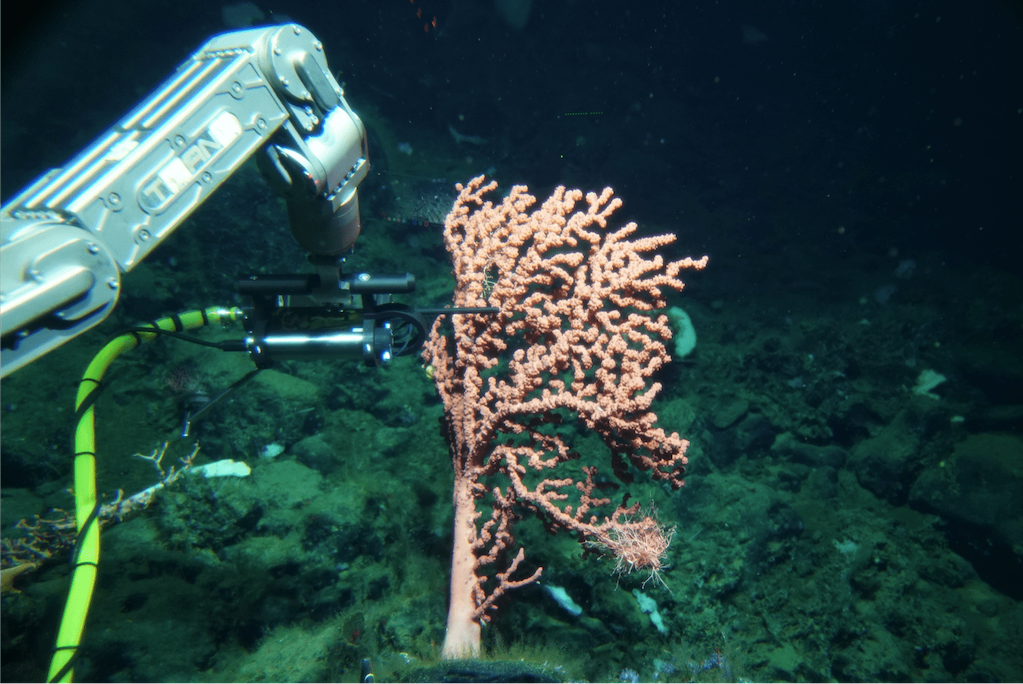
“In the last decade, especially, there have been numerous studies starting to pinpoint how the production of extracellular ROS like superoxide can have beneficial facets to an organism,” said Lina Taenzer, Joint Program Student, Marine Chemistry & Geochemistry, and lead author on the study, who joined Hansel’s lab at WHOI in 2019. She also dove in Alvin to measure superoxide with SOLARIS.
“It is fascinating is that corals can regulate ROS in order to signal to other cells and change how they function and respond to the environment,” Taenzer said. “It’s also interesting in terms of having a cellular defense mechanism.”
For example, if an organism is under the invasion of a pathogen, they may produce a strong oxidative burst. This acts as a kind of chemical warfare to protect themselves. On the flip side, over production of superoxide can have detrimental effects on an animal, and can degrade essential proteins in the body and break down DNA.
Species diversity was also important. During her dive in Alvin, Taenzer measured a variety of species by opportunistic chance, including sponges and sea stars.
“There was an aspect of exploration, and the fact that we were using a new instrument we’d never used before that made it really exciting and gratifying,” Taenzer said.
While there is still much we don’t know about how deep-sea corals function and respond to their environment, this study helps shed light on the fundamental controls on coral health and activity. And the more scientists understand and share, the more accurately they can project how coral ecosystems will respond to warming seas and climate change.
The long-range goal is to use SOLARIS to measure coral, deep-sea sponges, and other ROS-producing organisms in other regions of the world to get a fuller picture of how marine life influences ocean chemistry.


